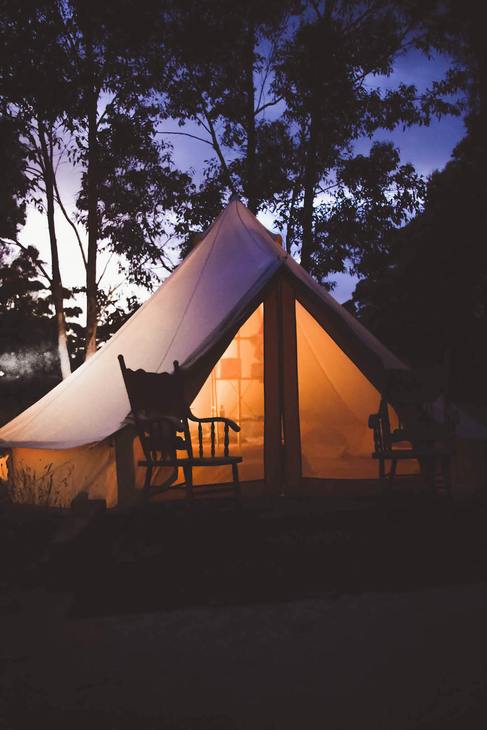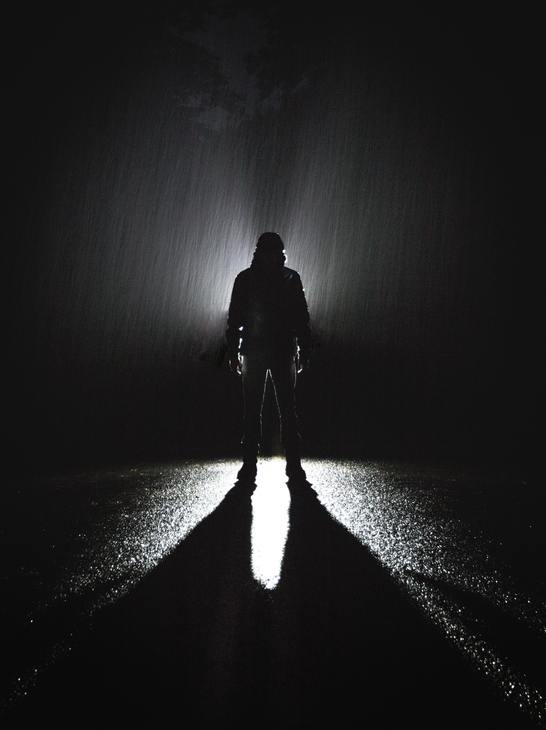One of the uncomfortable aspects of a journey of this kind is being at the mercy of the weather conditions. It is all nice and beautiful when the weather is dry and warm but when it rains, it makes the journey miserable. Whatever joyful spirit accompanied the company when it rains on them for a good amount of time and water, it certainly dampens the atmosphere. Although it technically provides them with a shower on the spot, the lowered temperature of the air after the rain assures their bodies with cold. To warm themselves they need to rest and eat something cooked.
A secretive Wizard
Dori: “Here, Mr. Gandalf can’t you do something about this deluge?”
Gandalf: “It is raining, Master Dwarf and it will continue to rain until the rain is done. If you wish to change the weather of the world you should find yourself another Wizard.”
Having a Wizard in a company can be somewhat confusing, particularly if the members of the company aren’t really informed of his abilities. Dori obviously thinks that the mere presence of a Wizard means that whatever their struggles are, like the rain at the moment, he will be able to change the weather so as to help the company remain dry.
As we have seen in Bag End, others have a different opinion of what a Wizard can do, like slaying a dragon. Gandalf keeps this kind of information close to the vest. He may be in a divulgatory mood about every other member of the company and their plans and his opinion on the plan, but when it comes to him and his own abilities, he keeps silent.
Gandalf
Gandalf was sent to watch over Middle-Earth. That entails a myriad of different tasks. As we had already seen in the Lord of the Ring trilogy, he protected the Fellowship as long as he could and came back to them again to help them with Rohan and Gondor. His strongest abilities in that particular trilogy were his negotiatory and advisory skills.
Gandalf places himself in the role of an advisor, whose wisdom and opinions should be taken at face value and followed promptly. What they came to were the stubborn heads of Théoden and Denethor. It all turned out the way Gandalf had envisioned though, leaving Théoden and Denethor with a staggering amount of people dying from their inability to set their egos aside.
Here in the Hobbit, he is the instigator of this particular fellowship. He was the one to ignite the will of reclaiming Erebor in Thorin as well as finding Bilbo for the company’s need for a burglar. If he had kept to himself, not meddled in the lives of the Dwarves or the Hobbit, they would have gone on with their lives as before.
The Dwarves would have enjoyed their peace and plenty in the Blue Mountains, and Bilbo in Bag End and no one would have been the wiser. However, with his own conviction that the dragon’s time must now end, he changed the lives of not only the Dwarves and the Hobbit, but the Elves and the Lakemen as well.
Four other Wizards
As Gandalf mentions the possible existence of other Wizards, Bilbo asks a follow-up question.
Bilbo: “Are there any?”
Gandalf: “What?”
Bilbo: “Other Wizards.”
Gandalf: “There are five of us. The greatest of our order is Saruman the White. Then there are the two Blue Wizards. Do you know, I’ve quite forgotten their names.”
Bilbo: “And who is the fifth?”
Gandalf: “Well, that would be Radagast the Brown.”
Bilbo: “Is he a great Wizard? Or is he more like you?”
The five Istari sent by the Valar to protect and assist the different races were scattered all over Middle-Earth. We know that Saruman had taken residence in Isengard, the two blue wizards, as per the Professor’s later writings, journeyed into the East aiding in the defeat of Sauron in the War of the Last Alliance. Gandalf was never a Wizard who dwelt in one place or one part of Middle-Earth. He wasn’t dubbed the wandering Wizard for nothing.
The Brown Wizard
Gandalf: “I think he’s a very great Wizard, in his own way. He’s a gentle soul who prefers the company of animals to others. He keeps a watchful eye over the vast forest lands to the east. And a good thing too. For always evil will look to find a foothold in this world.”
Now, Radagast is a particular kind of Wizard. Although his initial mission was the peoples of Middle-Earth, he found his permanent residence in Rhosgobel, where he leads a symbiotic relationship with nature and its occupants. As the western borders of Mirkwood became his domain, so did the watch over the old fortress of Dol Guldur. Since the fortress was situated right outside his borders, he was the first to see any changes in his natural surroundings.
Radagast: “Not good. Not good at all. Oh, no. Sebastian. Good gracious. Come on. Move back! Give him some air for goodness sake. There. There. I don’t understand why it’s not working. It’s not as if it’s witchcraft. Witchcraft. Oh, but it is. A dark and powerful magic.”
As Radagast roams the forest he comes across dying plants and sickly mushrooms. He can sense and see a disease of some kind is afoot in his beloved home. And then he finds his hedgehog cramping and barely breathing on the ground. He brings him home to his house where he uses whatever means he has to help the hedgehog, sadly without success.
Radagast’s home is a very interesting architectural marvel. The creative team behind the trilogy, decided on the house’s wacky structure after coming up with a story that would back up the house’s physical appearance. Radagast constructed his house a long time ago. At that time the house was like any other, square, four outer walls and a roof. One day as he came home from his wandering in the forest, an acorn fell out of his pocket and onto the floor. Being scattered as he is, he hadn’t noticed it lying on the ground.
Radagast’s home
As days passed, the acorn became acclimated to the floor, letting down roots and growing into an oak tree. Seeing this tree develop in front of him in his own house, Radagast had not the heart to tear it down since he pledged himself to protect all living things. So, the oak tree grew, taking the house apart and making it a part of itself. The house as it is now looks like it has been built to accommodate the tree and not the other way around. A testimony to the love and respect Radagast holds for nature.
Saving Sebastian
Giant unknown spiders start to climb all over his house, trying to find a hole to crawl through and attack. With this threat over his head, Radagast focuses on Sebastian. The crystal rock embedded in his staff Radagast takes out to perform the last incantation that might help his friend. Miraculously, the venom that had poisoned the hedgehog in the first place is drawn out of him into the crystal rock, thereby bringing Sebastian to life again.
Sí a hlare ómaquettar Lerya laman naiquentallo Na coilerya en-vinyanta Now hear words of my voice Free [the] animal from curse’ Be its life renewed
In search of the old fortress
Radagast: “Where on this good earth did those foul creatures come from? The old fortress? Show me.”
After the initial joy of saving his friend, Radagast takes off after the giant spiders. What the creative team behind the film thought of was constructing a vehicle for the Wizard to chase after the spiders. This they accomplished by constructing a wooden sleigh drawn by giant rabbits. This makes perfect sense since he used the cast off materials of the forest to build the sleigh and his friendly rabbit friends to help him move it across the forest floor. A very innovative and creative way for a Wizard to move.
The introduction to Dol Guldur you will find in one of the next posts of mine. Until then, read what the Dwarves are up to in my next one.
Photo by Tom Kulczycki on Unsplash





